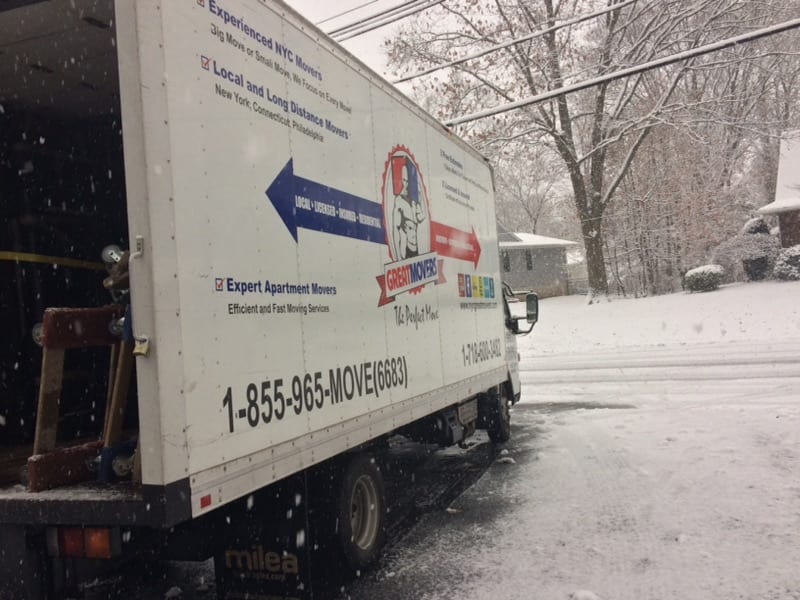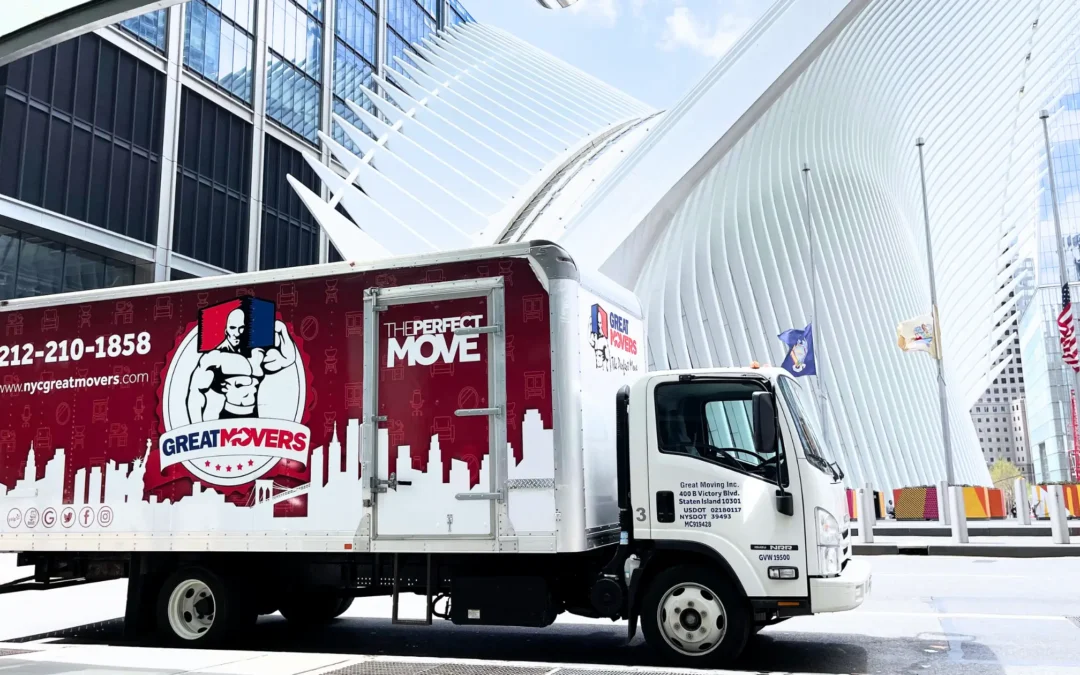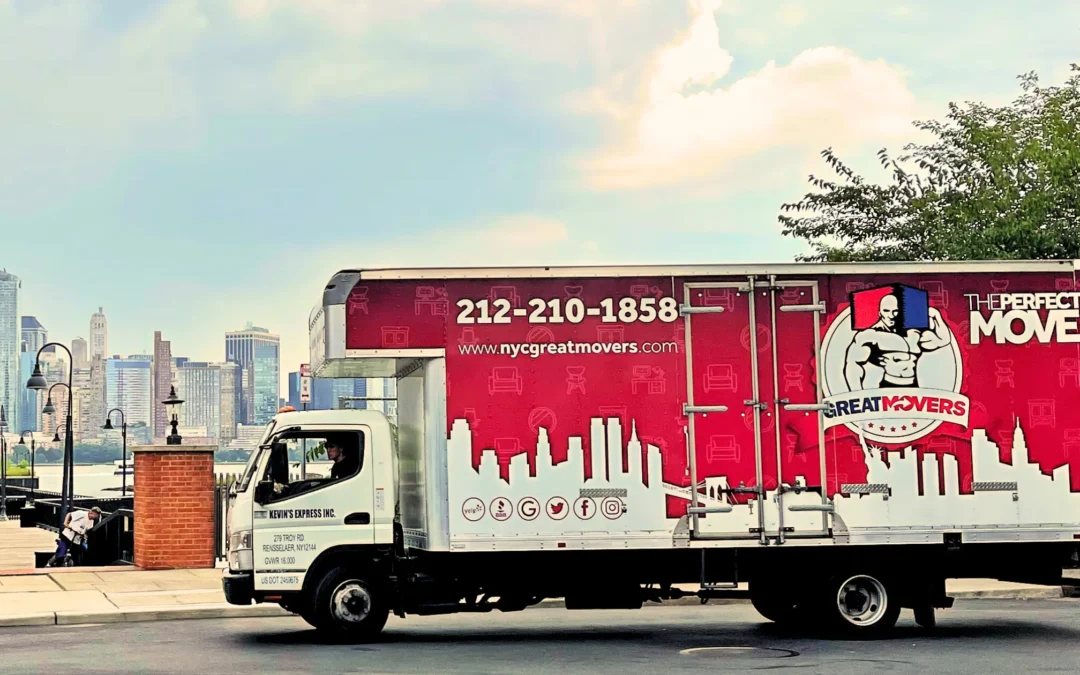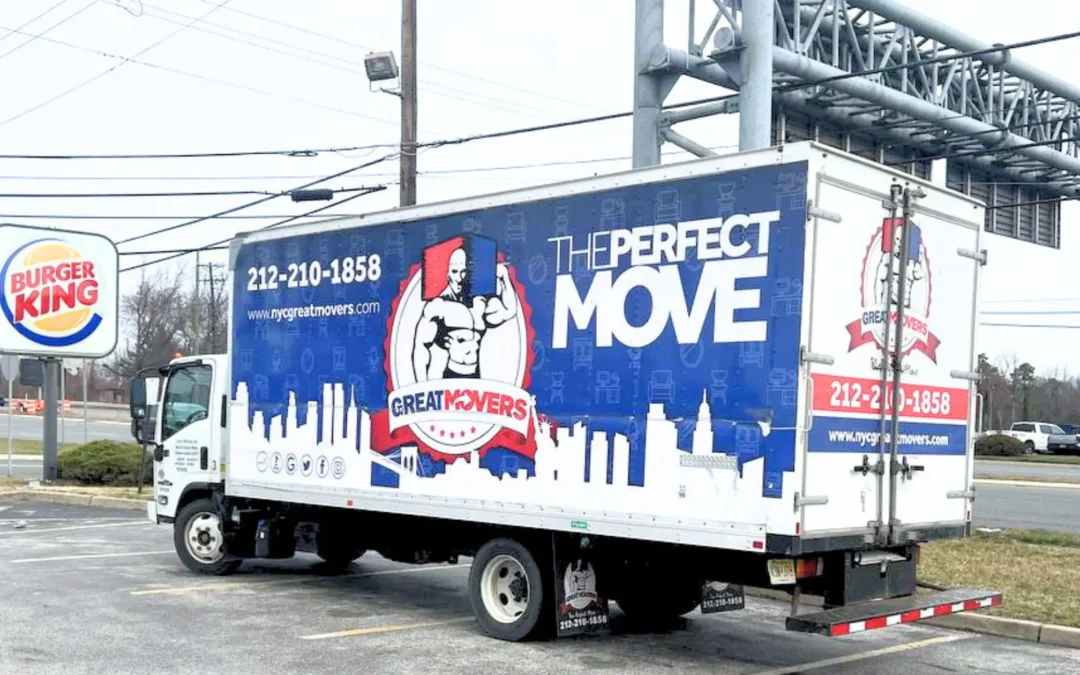How to Move in the Winter in NYC There’s no better time to move in NYC than in the winter. As the temperatures drop so do the prices. Between January and March, most rental properties are at their lowest price point due to lower demand. And, of course, there’s several other benefits to moving in the winter such as: 
- Low or no broker fees – since there are fewer prospective renters, brokers are more willing to reduce their fee to move a unit or the owner of the unit is more willing to pay the fee.
- Flexible move-in – during peak season, you generally have very little time between signing the lease and moving in, which often means you’ll have to pay rent on two locations for one month. During the winter, move-in dates can be more flexible so you can push your date to when is most convenient for you (within reason of course).
Of course, a move in the winter in NYC comes with its own set of challenges. However, this handy guide should hopefully prepare you for the worst that New York can throw at you. Preparation is the key to success in moving whether in the winter or warmer months. While hiring movers definitely makes things easier, you should still keep the following in mind: Your Move-in Date Generally during the winter months movers won’t be as busy as during peak moving season. With that said, if you’re planning to move on a holiday, such as January 1, it might be difficult to find a company who will be available very early in the morning. With that said, you’ll want to start as early as possible as days are much shorter in the winter. Make sure you have everything packed and ready to go before the movers arrive. While some can pack for you, for a smooth move, it’s easier on .0everyone to have everything completed. Some buildings, including most with doormen, might not allow moves during the holidays. Before setting the date with a moving company, make sure to contact building management to ensure you can move in. The Weather New York City experiences a variety of weather, but winter tends to be the hardest as you need to contend with snow, freezing rain and slush. All of this leads to dangerous road conditions. Even if it doesn’t snow on moving day, a large snowstorm a few days can still make for a challenging environment, even for professional movers. Although you can’t control the weather, you can take measures to make the winter move go as smoothly as possible:
- Make sure that your sidewalks are safe. Talk to your buil.0ding management the day before and make sure that they are clear of ice and snow.
- Keep an eye on the traffic flow and plot out a few routes to get from your apartment to your new place. While movers will have GPS, often these provide the most direct route and don’t necessarily take into account recent construction or accidents.
- Put some plastic runners or some other protective item on the floor in your old and new apartment. While you might not be able to completely avoid muddy footprints, you can at least reduce it.
- Cover your boxes and furniture to ensure everything stays dry. If you expose your items to moisture for a long time, they can get moldy and you’ll need to throw them out. Take the time to double-wrap everything. You should take these precautions even if the movers you use provide materials and supplies. Better safe than sorry!
Self Preparation Even if you don’t have to deal with the snow, the one thing you do need to manage in the winter is the cold. Although cold weather doesn’t directly affect the circumstances around the move, you do want to make sure that you set have your utilities set up in advance. That way, you can turn on the heat once you reach the new home rather than waiting a few days in the cold. Dress appropriately for the weather with a warm jacket and some layers. More importantly, make sure that you’re flexible. Depending on the conditions, the movers might take longer than expected so make sure to keep that in mind. You may end up at your apartment before your movers, so be sure to have some necessities on hand. Of course, there might be times where your items arrive before you. In that case, make sure you have a storage unit available for them so that they movers are not waiting for you. Ideally, you should keep in contact with the movers so you know where they are in the process. This way, you can arrive at the same time or slightly earlier to ensure you can let them in. Don’t DIY There aren’t too many people who enjoy the actual process of packing and moving everything. If you are one of the rare few who do, it’s still a good idea to hire a professional to move. Besides ensuring all of your valuables are packed and wrapped properly, they will also handle all of logistics for you. This could include:
- COI for buildings that require them
- Moving insurance coverage for lost or damaged property – just make sure you have an inventory sheet listing and evidence of the previous conditions of your goods
- Liability insurance in case of damages to the property – while landlords can come after you should the movers damage your old or new apartment, the movers you use should be insured, which means you can legally have them cover the damages.
Besides this, there’s also the mental and physical problems that arise from moving. Many people injure themselves trying to move heavy boxes and furniture, and this issue only increases during the winter months as you then need to deal with slippery sidewalks and poor road conditions. So safe yourself the headache and hire a professional who can handle the challenges that winter throws at them. Moving in the winter in NYC doesn’t have to be a hassle so long as you prepare properly.






